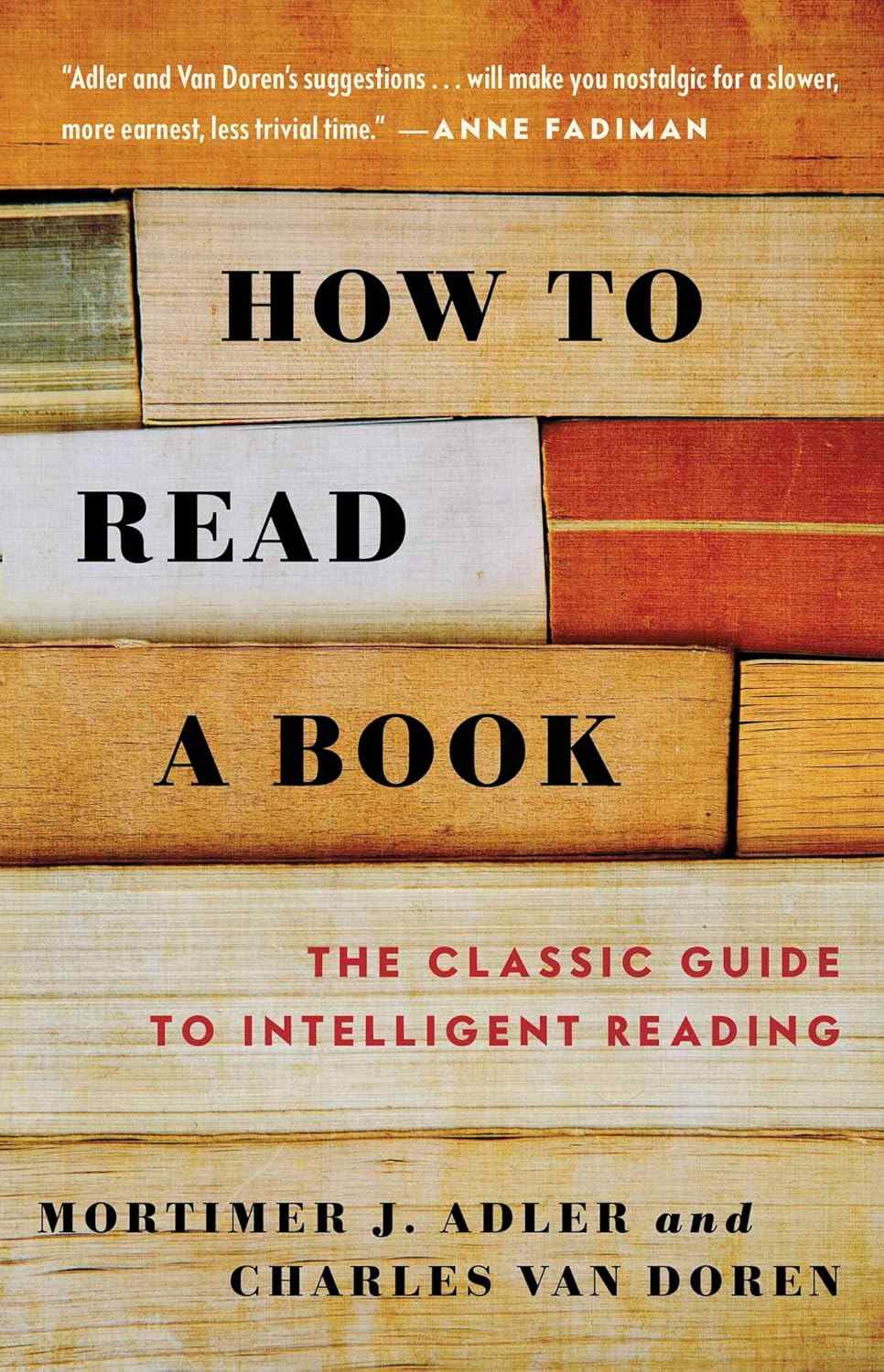
The Classic Guide to Intelligent Reading
Framework
by
Mortimer J. Adler and Charles Van Doren
2014
2014
A framework book for gaining a deeper understanding from what you read. It provides a step-by-step approach that helps readers learn from books and develop original insights. A key concept is the four levels of reading: Elementary Reading (basic literacy), Inspectional Reading (skimming to grasp key ideas), Analytical Reading (methodically questioning a book’s arguments), and Syntopical Reading (reading multiple books on a topic and comparing them to develop your own insight).


May 2023
The concept of syntopical reading stuck with me—reading across multiple books to answer a question, not just absorb one author’s view. Asking “What’s the main argument or tree trunk of this book?” changed how I read. Originally published in 1940. I read the 2014 paperback reprint.


